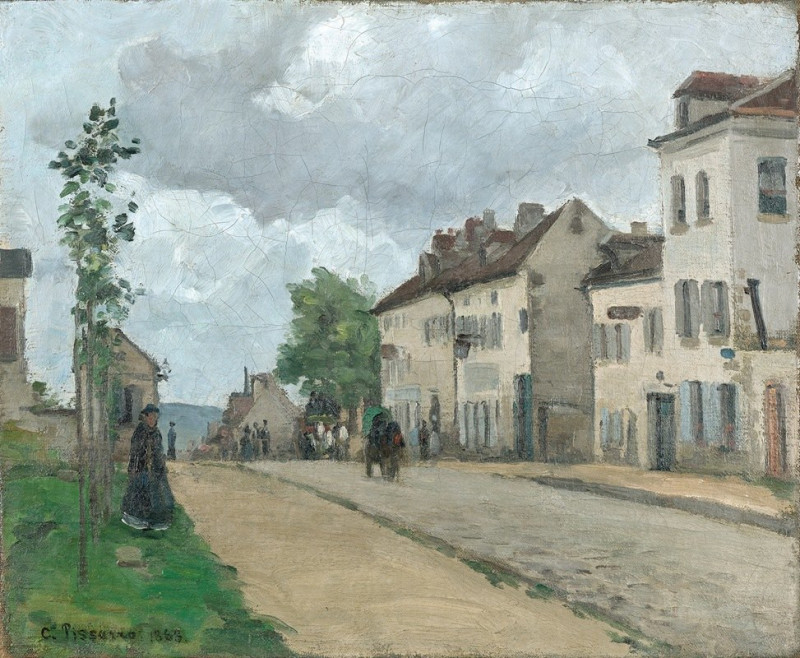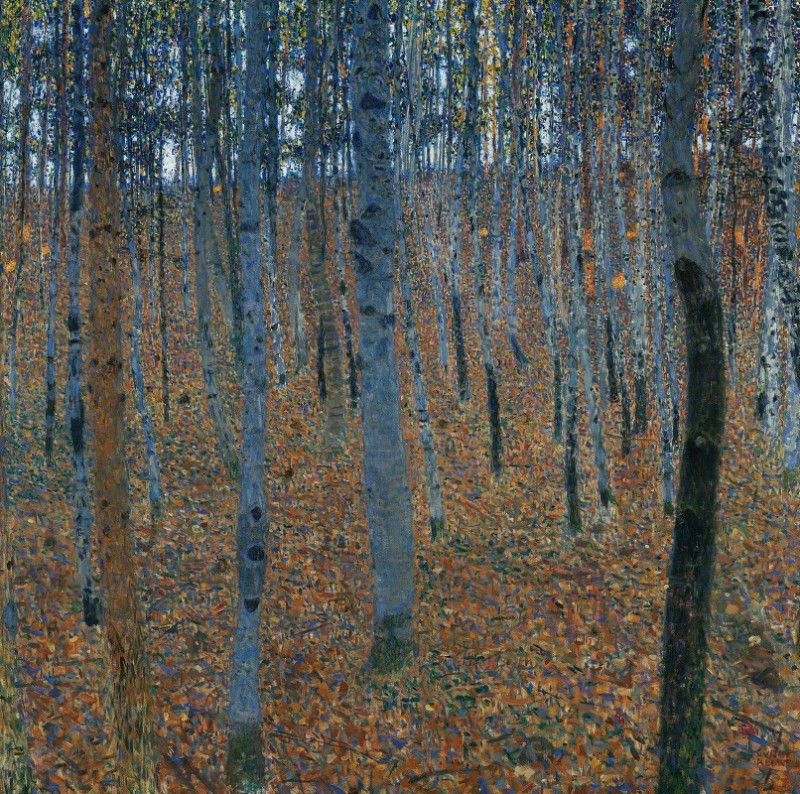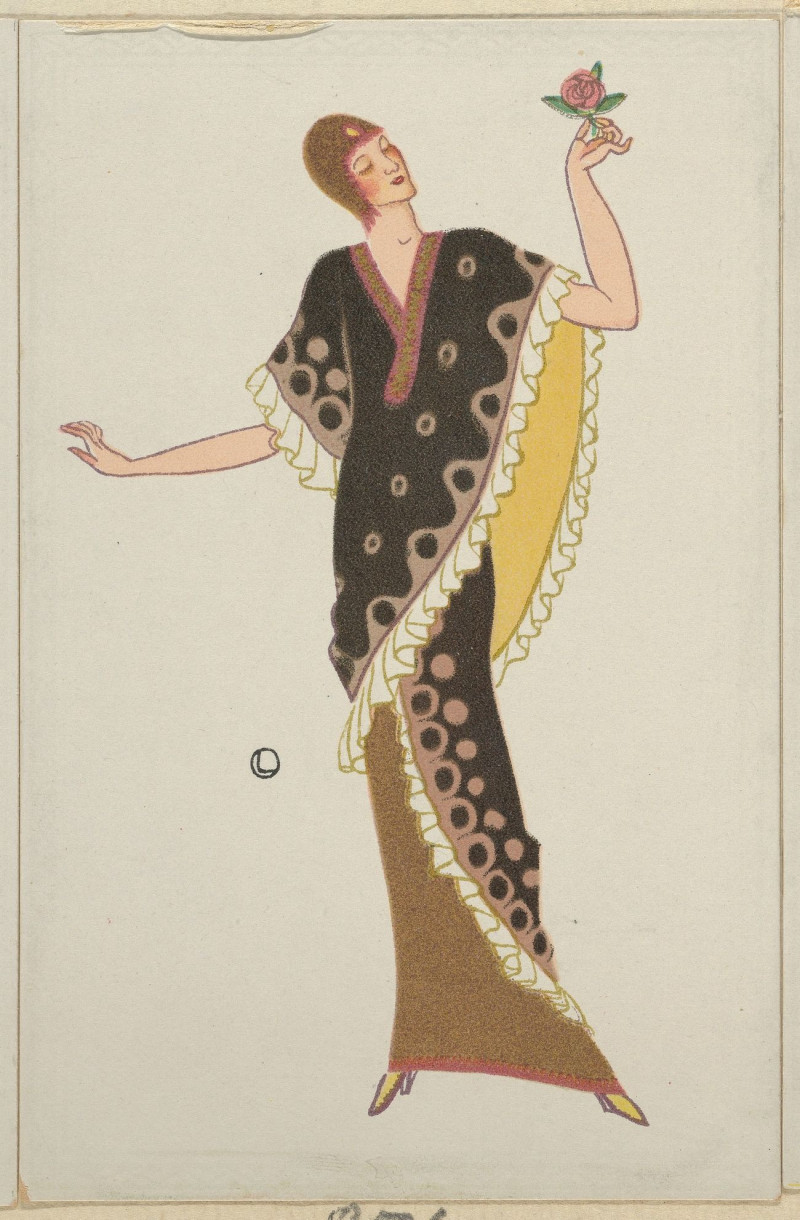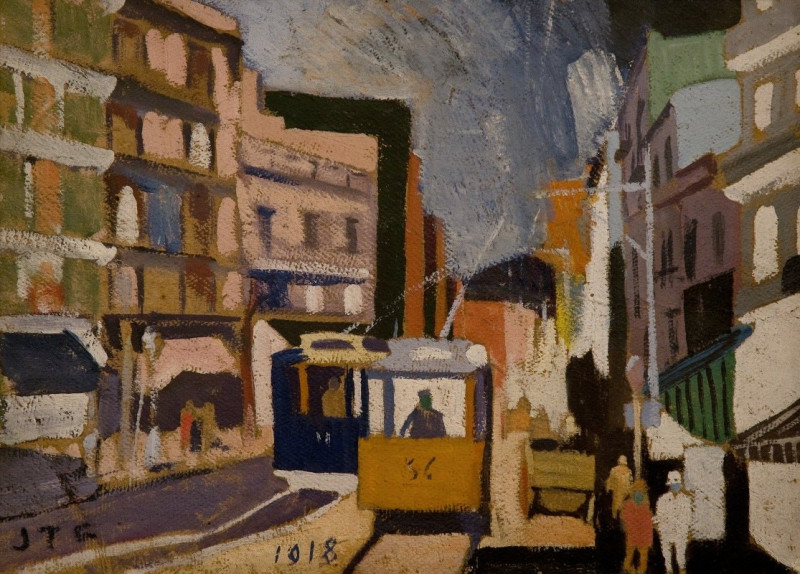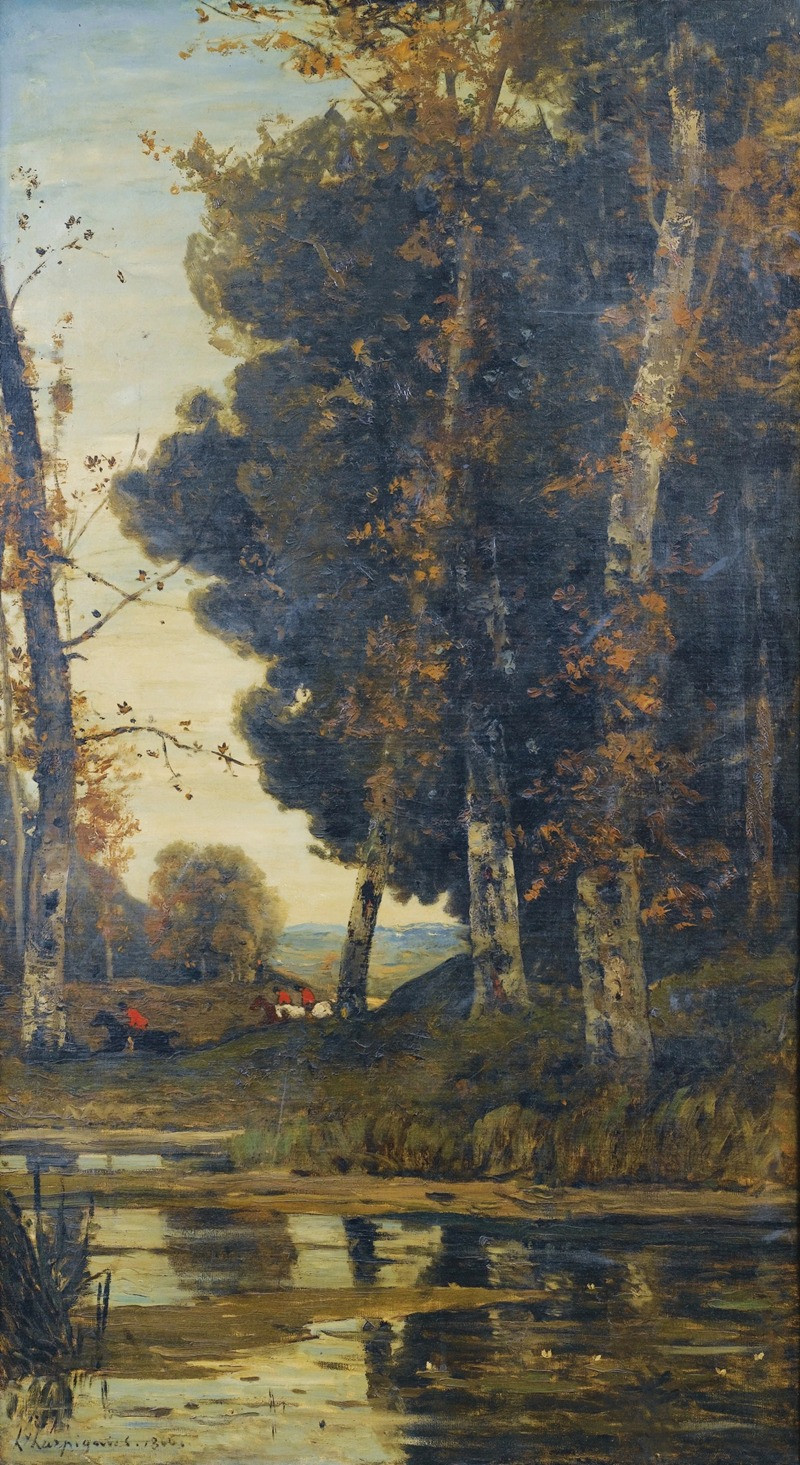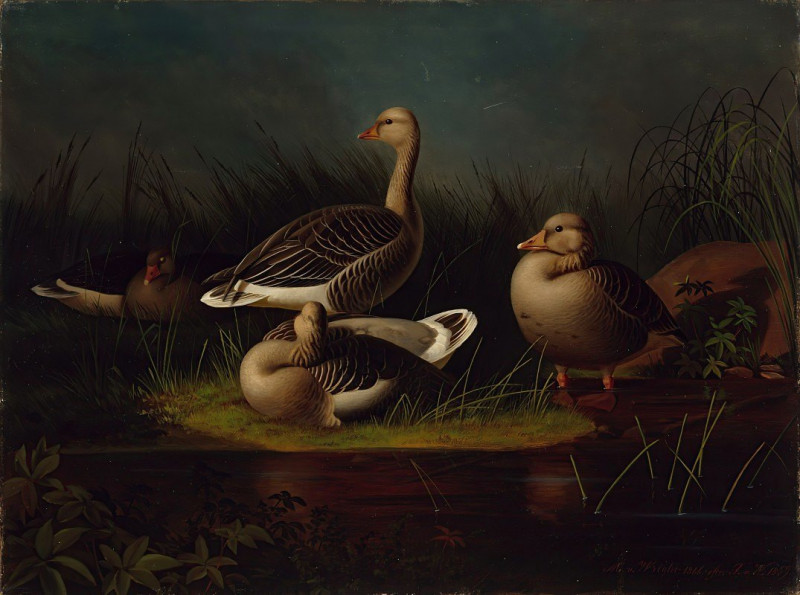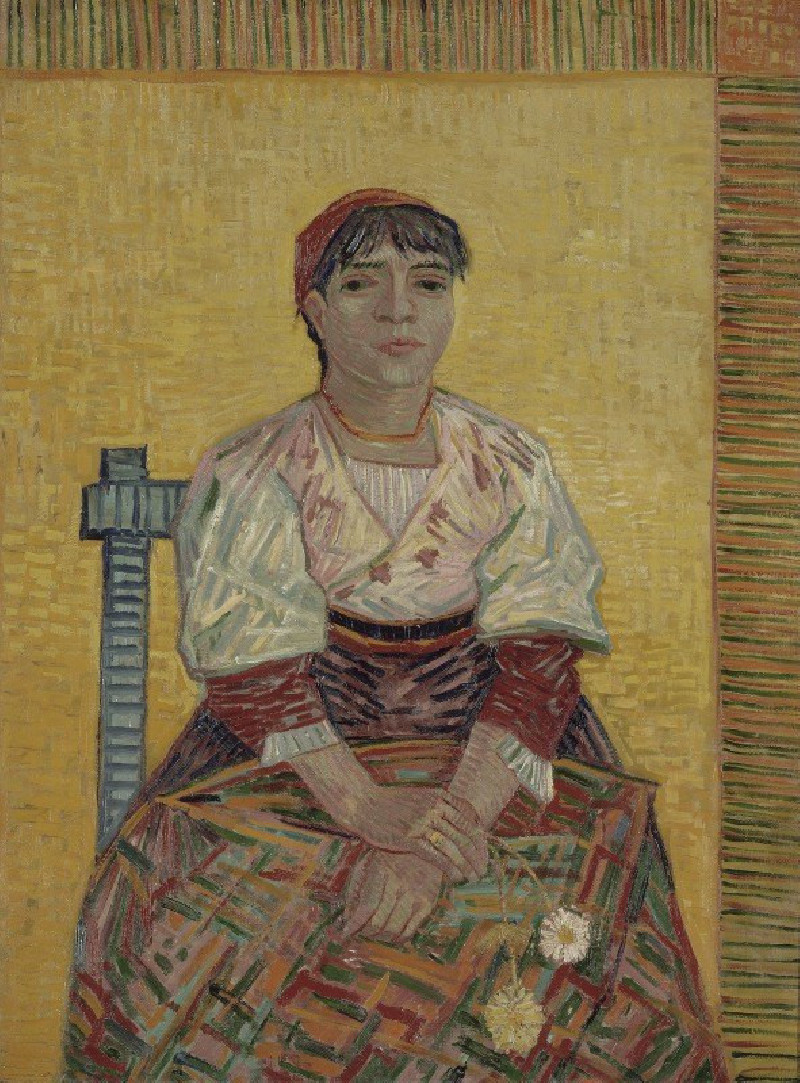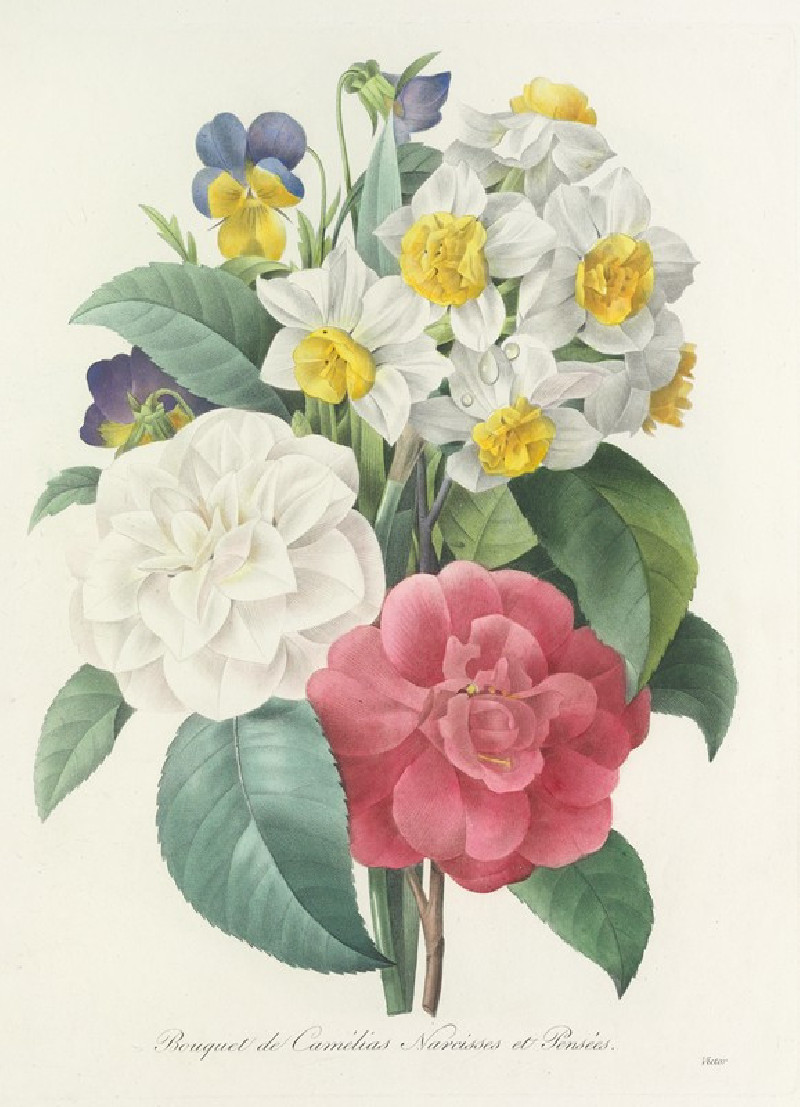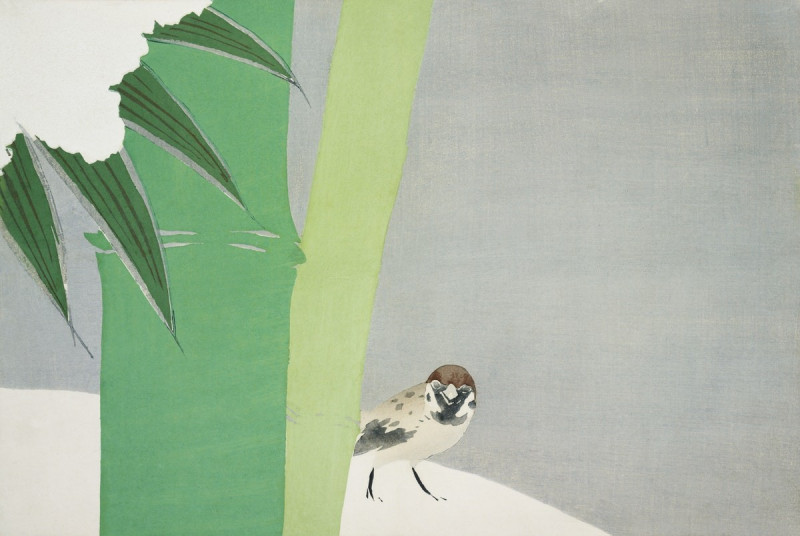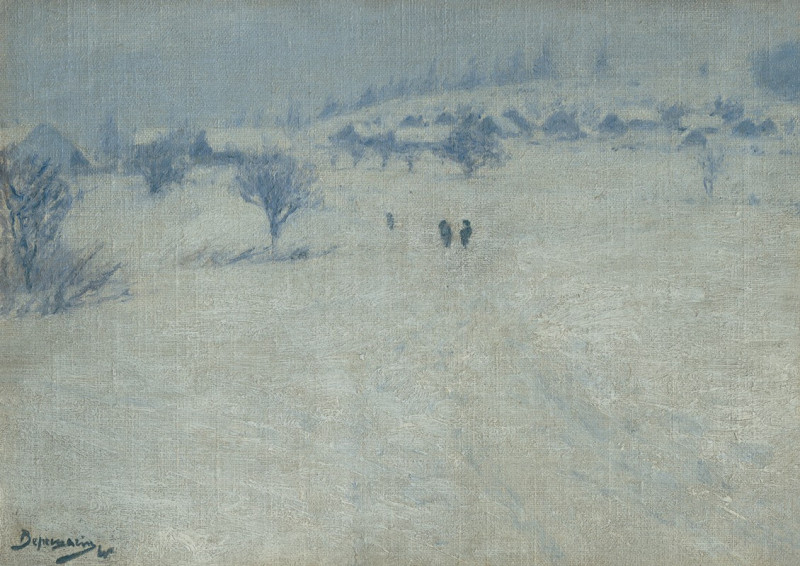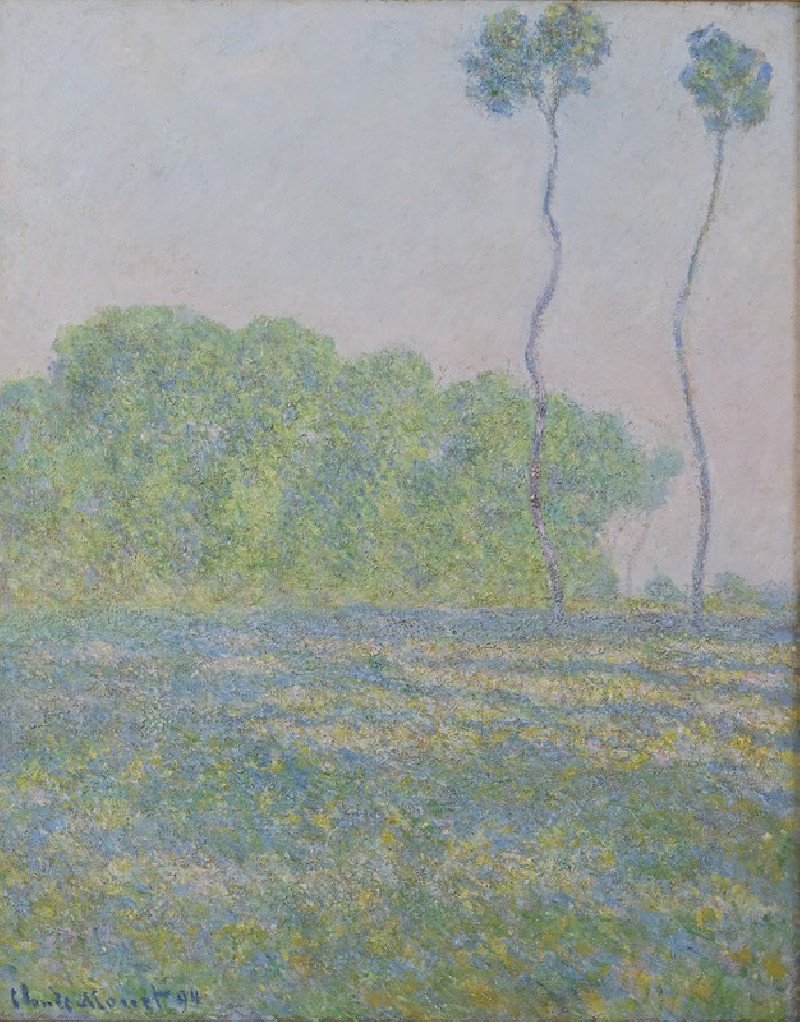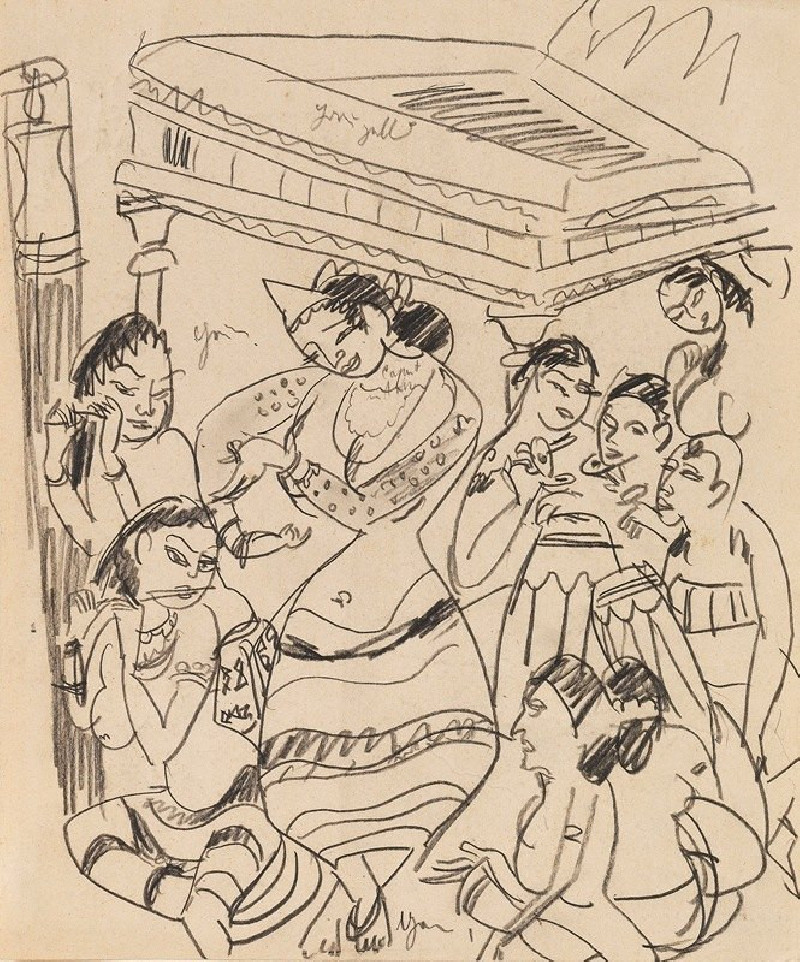Straße in Pontoise (Rue de Gisors) (1868)
Technique: Giclée quality print
Recommended by our customers
More about this artwork
Captivating and undoubtedly evocative, "Straße in Pontoise (Rue de Gisors)" by Camille Pissarro stands as a testament to the subtleties of daily life in the 19th century French townscape. Painted in 1868, this artwork showcases Pissarro's exceptional ability to blend social realism with atmospheric impressionism.The painting sets a scene on a moderately bustling street in Pontoise, a town that greatly inspired Pissarro. The foreground features figures strolling along the dusty road or engaged in quiet conversation, imbuing the scene with a sense of gentle dynamism. To the left, a lone figure in black stands out, perhaps going about her day or simply enjoying a quiet walk. The road stretches on, drawing the eye towards the background where groups of people add a deeper layer of activity, suggesting the daily ebb and flow of life.The houses, with their pale facades and distinct European architecture, line the street, standing as silent witnesses to the daily interactions of the townspeople. The soft, overcast sky, a common element in Pissarro’s works, diffuses light that gently illuminates the scene, casting subtle shadows and enriching the colors with a delicate luminosity."Straße in Pontoise (Rue de Gisors)" is not just a geographical depiction but also a rich canvas telling stories of the rhythms of everyday life. This painting invites viewers to ponder the quiet moments and the ordinary places that often go unnoticed but are filled with the quiet beauty of the mundane.
Delivery
Returns
Blessed are they who see beautiful things in humble places where other people see nothing. — Camille Pissarro
Camille Pissarro (1830-1903) was born on St.Thomas (now the US Virgin Islands) to a Portuguese father and a Dominican mother. He went to Paris to study art at Ecole des Beaux-Arts. He was an early pioneer of pointillism and neo-impressionism and later became a mentor of many famous impressionist painters including Cezanne, Manet, Renoir, and Gauguin. His paintings depicted rural and urban French landscapes and lifestyle. Many of his works politically captured images of peasants and laborers. Today, he is considered the father of impressionism.

